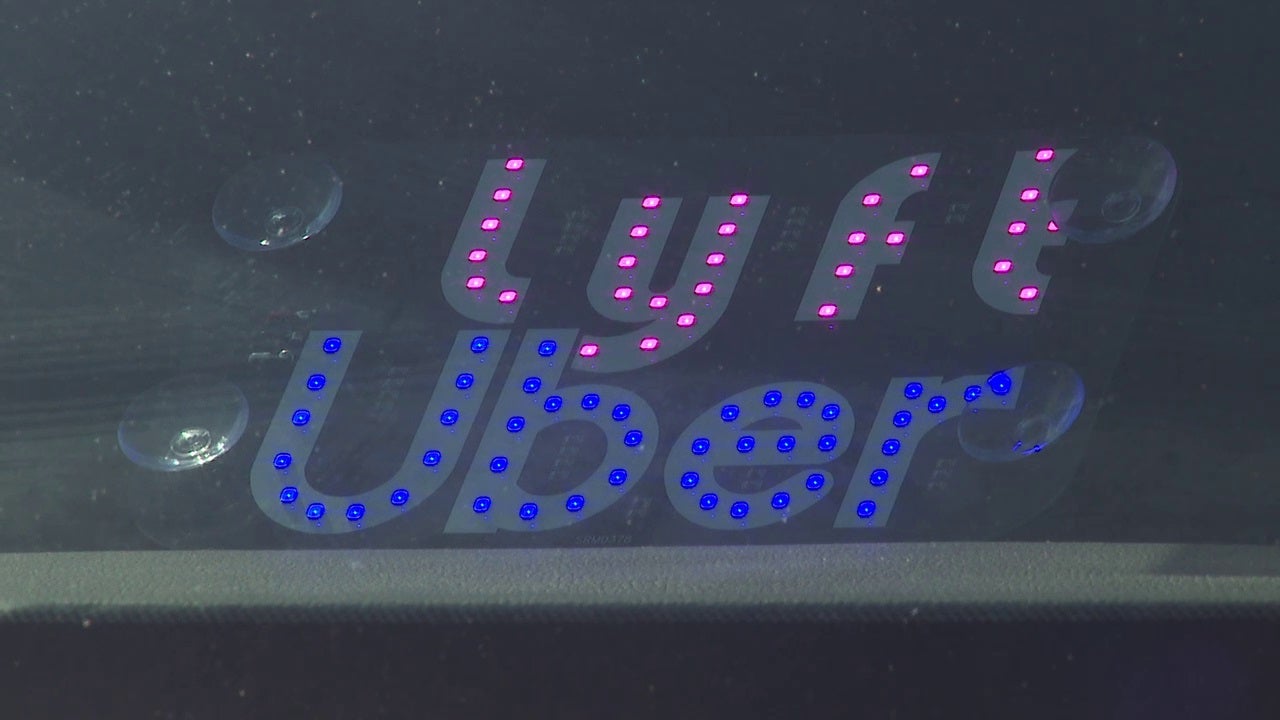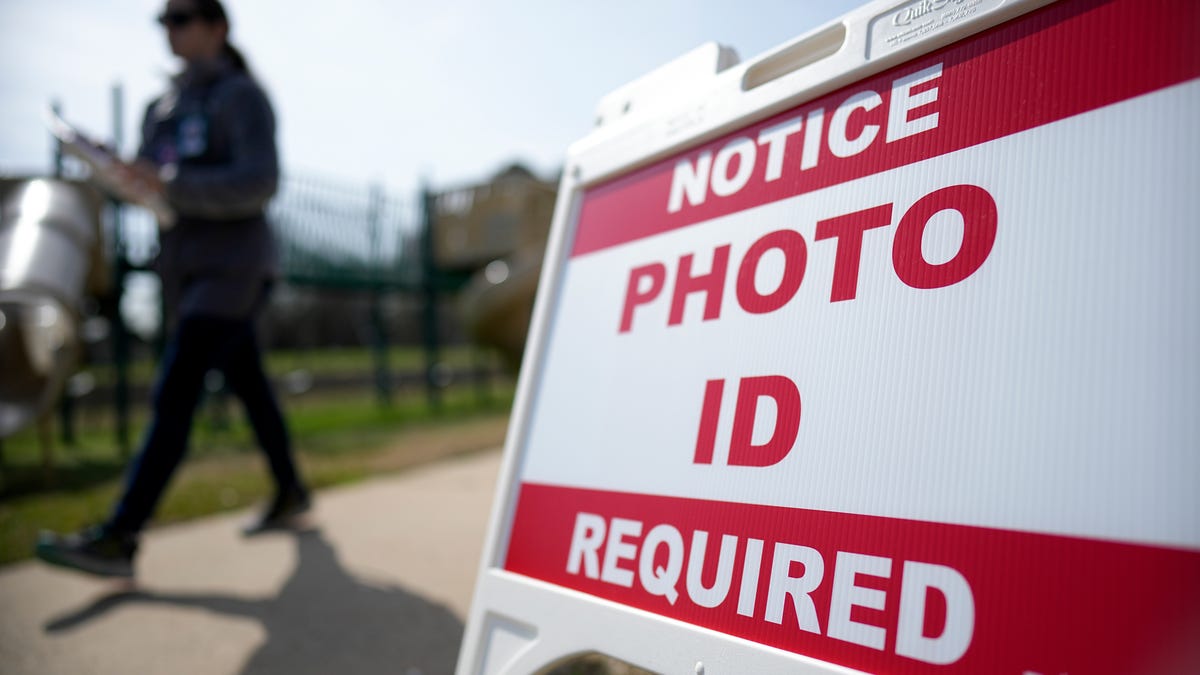Arizona
Players who might be available the Arizona Cardinals should consider at No.35

Cardinals Draft Party kicks in gear with fans, cheerleaders and more
Arizona Cardinals fans gather for an NFL Draft party at State Farm Stadium Great Lawn.
The Arizona Cardinals have the third pick when Round 2 gets underway at 4 p.m. (Arizona time). Whether they keep it is another matter. General Manager Monti Ossenfort said Thursday night that “our options are going to be plentiful for teams that are interested in coming up to us.”
“I feel really good. I feel really good,” Ossenfort said when asked about the prospects who could be available if he stays at No. 35. “We still have some players we really like up on the board. … We’ll be ready to pick a player at 35 and we’ll also have plenty of options in case we wanted to move around a little bit.”
Assuming they stay at 35, here are a few prospects who might be available that they should and likely will consider selecting:
DB Cooper DeJean, 6-1, 207, Iowa
The versatile DeJean can fit in anywhere in an NFL defensive secondary. He projects as a bigger nickel safety, but the Cardinals could play him as an outside cornerback, put him in the slot, or use him as a straight safety. He’s a fast, hard-hitting tackler with 41 tackles last season, two interceptions and five passes defensed. He’s also a very good punt returner, having returned 31 punts for 406 yards, including one for a touchdown.
CB Kool-Aid McKinstry, 5-11, 199, Alabama
It’s no secret the Cardinals would like to add another cornerback after signing free agent Sean Murphy-Bunting to a three-year contract. McKinstry entered the 2023 season as a favorite to be the first cornerback selected in this year’s draft, but he’d be a good catch now that he’s slipped out of the first round. He had 15 passes defensed in 2022 and although that number dropped to seven last year, he’s a sound press corner who started 33 games (93 career tackles, two interceptions). Like DeJean, he’s also returned punts – 35 of them for 418 yards (11.9-yard average).
CB Ennis Rakestraw Jr., 6-0, 188, Missouri
NFL Network draft analysts had Rakestraw Jr. rated as the fifth-best cornerback in the draft and the 32nd-ranked prospect overall. He has decent length, very good start-and-stop ability and he’s solid against the run. He had 107 tackles in his four-year career at Missouri, including eight tackles for loss, and had 12 of his 24 passes defensed as a junior in 2022.

Arizona
Arizona’s Clark Candiotti named Pac-12 Pitcher of Week

Across the board, Arizona’s pitching has been vastly improved from a year ago. The Wildcats have the top ERA in the Pac-12 in conference play, at 3.40, and they lead the nation in strikeout-to-walk ratio and walks per nine innings.
But the individual awards had been lacking for the staff, with only Jackson Kent’s season-opening start against Northeastern garnering recognition over the first 11 weeks of the season.
Clark Candiotti took care of that Saturday night, firing a 5-hit shutout against Stanford to earn him Pac-12 Pitcher of the Week.
The senior right-hander tossed his second complete game of the season, the first UA pitcher to do so since Garrett Irvin in 2021 and the first to have a pair of complete games in Pac-12 play since Cameron Ming in 2018. For the season Candiotti is 5-2 with a 2.93 ERA, 2.12 in conference games.
That 5-0 win Saturday, part of another weekend sweep for the Wildcats, was the second time this season they’ve shut out a conference foe. That hadn’t happened since 2016.
Arizona, which climbed to No. 17 in the D1Baseball.com rankings and is back in the Baseball America Top 25 at No. 23, sits at 33 in the RPI. The Wildcats (29-17, 17-7) have a 2-game lead on Utah, whom they visit this weekend, for the Pac-12 lead, but first they visit ASU (26-23) Tuesday in Phoenix.
Arizona
Arizona is poised for further momentum after TSMC, Intel and other semiconductor victories
Arizona needs tech workers. Here’s how to get more of them
Arizona’s growing semiconductor industry needs thousands of workers. Tarji Borders explains how she got the training to land a job at Intel.
Arizona Republic
Arizona, over the past three years, has scored some huge victories in luring major semiconductor investments to the state, including a major Intel Corp. expansion in Chandler and the construction of three new factories in north Phoenix by Taiwan Semiconductor Manufacturing Co.
Could all this be the prelude to an even bigger second act?
“There is critical mass — that’s the opportunity we have now in Arizona,” said Brian Harrison, president of TSMC Arizona. “We have a great opportunity to do even more in the next 10 years.”
Harrison described how the company’s factories or fabs in Taiwan have become hubs around which chemical suppliers, tool-equipment makers and other businesses have clustered. His comments came during a “Silicon Desert” forum hosted by EMD Electronics, which supplies equipment and provides testing services to semiconductor customers in Arizona and elsewhere.
The demand for semiconductors remains on a growth track, fueled by consumer products such as cellphones and computers, automobiles, data centers, and pretty much every other modern electrical device or industry. Artificial intelligence has provided new impetus.
A rising percentage of chips now are manufactured abroad, mainly in Taiwan, and reversing that trend has been the thrust of the CHIPS & Science Act of 2022. Under that legislation, the U.S. Commerce Department so far this year has awarded up to $8.5 billion in grants to Intel and $6.5 billion to TSMC, along with $162 million to Chandler-based Microchip Technology and other recipients.
Semiconductor manufacturers are using that money, combined with pledges for billions of dollars more in low-rate federal loans, to leverage their own investments.
TSMC’s planned Arizona investments have risen to $65 billion, along with $20 billion in recent new commitments by Intel. Those have helped to boost total semiconductor investments in Arizona to more than $100 million over the past four years, said Sandra Watson, president and CEO of the Arizona Commerce Authority and another speaker at the forum hosted by EMD Electronics, a business of German science and technology giant Merck KGaA.
Planning began before passage of key federal legislation
Arizona has fared well lately in this regard partly because of advance planning, Watson said. In 2021, a year before the CHIPS Act was enacted, the Commerce Authority brought together more than 50 industry leaders from various states, along with educational institutions such as Arizona State University and others, to develop a strategy. “We were able to establish a very strong plan,” Watson said, with collaboration the key.
Harrison echoed that sentiment and noted that TSMC considered many other locations in various states for its factories or fabs. Many of these other places had “different factions with their own vague agendas,” he said, rather than a unified gameplan like Arizona. “Everyone has water and roads,” he quipped.
More Arizona-focused technology announcements will be forthcoming, said Watson and Sean Fogarty, vice president of international business development at the Greater Phoenix Economic Council.
“We have a healthy pipeline of prospects” that are considering expansion here, with foreign businesses representing about one-third of those companies, Fogarty said.
Arizona already features a deep supplier base, a pro-business environment, favorable tax policies and an expanding workforce, Fogarty said. All that complements an educational system that is ramping up to funnel workers into the industry, from engineers at Arizona State University and the University of Arizona to technicians receiving training through the Maricopa Community College system and other programs. In addition, Arizona continues to add population, with many of the newcomers in the prime 18-to-44 working-age group, Fogarty said.
The power to make chip-expansion happen
Another critical consideration is the electricity to power these new industrial complexes, as well as related industries such as data centers, of which metro Phoenix now has one of the highest concentrations in the Western Hemisphere.
The EMD Electronics conference included assurances from both of the major electric utilities operating around metro Phoenix that power will be available when expansions get up and running.
“We are aggressively (adding) new resources over the next five years,” said Karla Moran, manager of economic development at Salt River Project. That includes more solar generation, mobile-home-sized batteries to store power early in the morning for release later in the day, and additional hydro capacity.
Kelly Patton, economic development manager at Arizona Public Service, said much the same. “We have prepared for this growth,” she said.
Both utility executives made the case for continuing to keep natural gas-fired plants in the mix for a while longer, despite emissions that make them targets for criticism from environmental groups and others. “If a monsoon hits and the solar field goes down, we can ramp up that natural gas,” Patton said.
Actually, the availability of renewable energy is another factor that gives Arizona an edge, as some companies expanding here, including Apple with its new data center in Mesa, have asked for it, Watson said.
A key factor in the Phoenix area’s success in attracting semiconductor manufacturers and other industries, she added, was ongoing efforts to keep the major utilities in the loop.
Some 54 megaprojects are in the works now across all industries, Watson said, and the Commerce Authority shares that information with local utilities. “We map out what sites they are considering so that our utilities can plan,” she said. “So the utilities know, in the next five years, where they need to be.”
While water is another critical need for the semiconductor industry, conference participants didn’t assess it as a key obstacle for Arizona, especially as manufacturers, including Intel, are striving to improve their recycling efforts. SRP, which supplies about half of the Valley’s water needs, said its reservoirs by later this spring are expected to be near full capacity.
For Arizona’s semiconductor industry, many of the “i’s” still need to be dotted and the “t’s” crossed. The giant fabs and expansion projects still need to be built, equipped and staffed with trained workers, many of whom haven’t completed or even started their educations. Suppliers need to be ready and waiting, with fewer of the supply-chain disruptions that have plagued the industry in recent years. Labor relations need to be maintained if not improved. The power and water for these complexes need to keep flowing, and partnerships strengthened.
But the infrastructure and other foundations have been laid and Arizona is in a good position for expansion, said Cori Masters, a senior semiconductor research analyst based in the Valley for Gartner.
“Now’s the time for ramping,” she said.
Reach the writer at russ.wiles@arizonarepublic.com.
Arizona
U.S. Army makes a push to recruit in Arizona

Over the last few weeks, recruiters have made a big push in the Valley as U.S. Army Staff Sgt. Benjamin Mitchum says the Army can provide stability for a young family. FOX 10’s Steve Nielsen has the story.
-

 News1 week ago
News1 week agoBoth sides prepare as Florida's six-week abortion ban is set to take effect Wednesday
-

 Politics1 week ago
Politics1 week agoColumbia University’s policy-making senate votes for resolution calling to investigate school’s leadership
-

 Politics1 week ago
Politics1 week agoGOP Rep. Bill Posey won't seek re-election, endorses former Florida Senate President as replacement
-

 World1 week ago
World1 week agoBrussels, my love? MEPs check out of Strasbourg after 5 eventful years
-

 World1 week ago
World1 week agoRussian forces gained partial control of Donetsk's Ocheretyne town
-

 Politics1 week ago
Politics1 week agoHouse Republicans brace for spring legislative sprint with one less GOP vote
-

 World1 week ago
World1 week agoAt least four dead in US after dozens of tornadoes rip through Oklahoma
-

 Politics1 week ago
Politics1 week agoAnti-Trump DA's no-show at debate leaves challenger facing off against empty podium


















